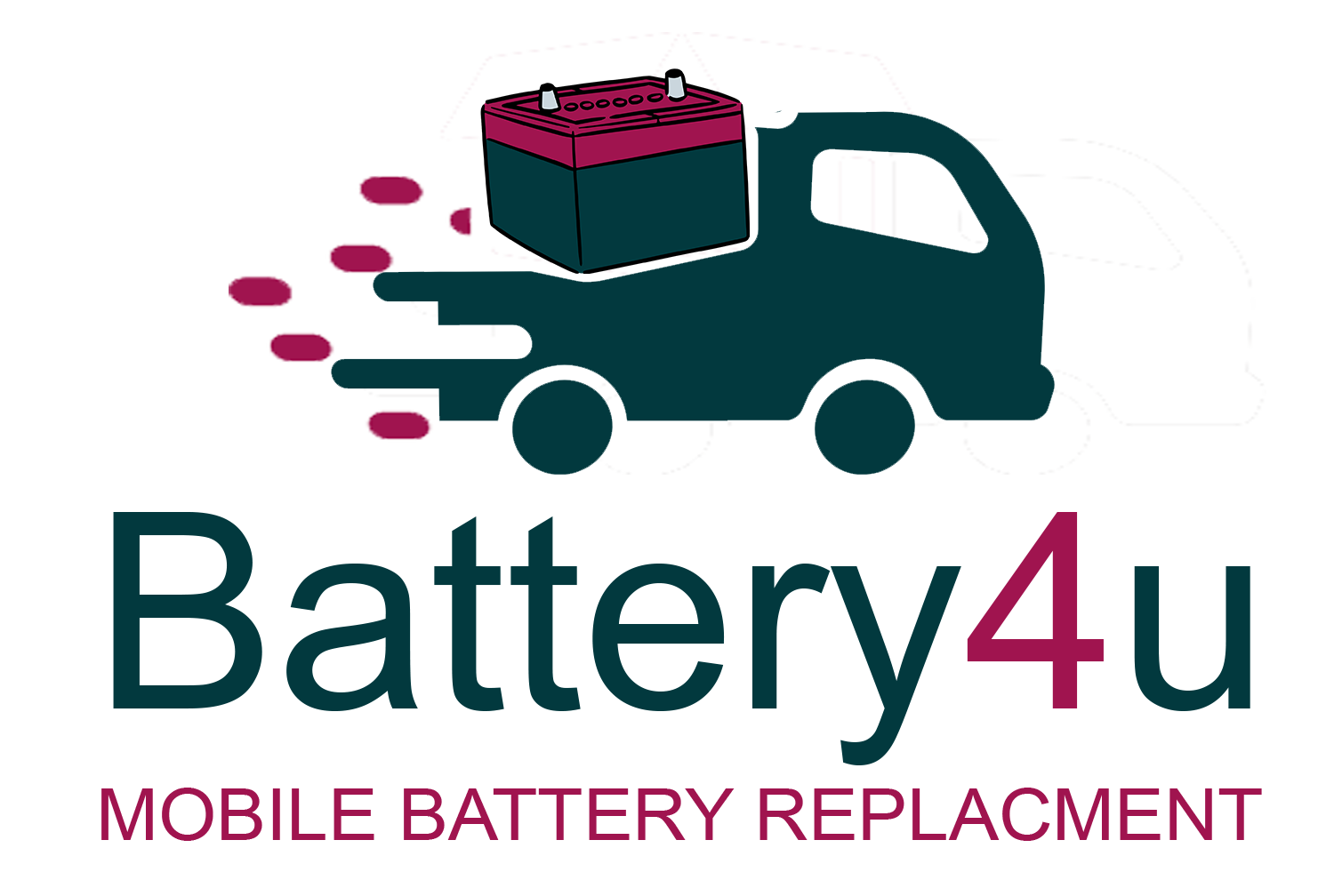Jumpstarting a car is one of those essential skills every driver should possess. Whether it’s due to leaving the lights on overnight or an aging battery, finding yourself with a dead car battery is a frustrating situation. However, knowing how to jumpstart your vehicle using another car can quickly get you back on the road. But, it’s crucial to execute the process correctly to ensure safety and prevent damage to both vehicles involved.
Understanding the Basics
- Preparation: Begin by positioning the working vehicle with the fully charged battery close to the car with the dead battery. Ensure both vehicles are turned off and in park (or neutral for manual transmissions) with the parking brakes engaged.
- Assessing Battery Compatibility: Cold Cranking Amps (CCA) is a critical factor when jumpstarting a car. The CCA rating of the donor vehicle’s battery should be equal to or higher than that of the dead battery. This ensures sufficient power transfer without risking damage to either battery.
Connecting the Jumper Cables
- Identifying Terminals: Open the hoods of both vehicles and locate the battery terminals. The terminals are typically marked with positive (+) and negative (-) signs.
- Connecting the Cables: Take the jumper cables and connect the red cable’s positive clamp to the positive terminal of the dead battery. Then, connect the other end of the red cable to the positive terminal of the functioning battery.
- Grounding the Circuit: Connect one end of the black cable to the negative terminal of the functioning battery. Instead of attaching the other end to the negative terminal of the dead battery, find an unpainted metal surface under the hood of the dead car. This step reduces the risk of sparks near the battery.
Understanding Risks with Modern Cars
- Electronics and Modern Cars: Modern vehicles are equipped with sensitive electronic systems. Jumpstarting them improperly can lead to voltage spikes, blown fuses, or damage to electronic components. Always follow the correct jumpstarting procedure to mitigate these risks.
- Thin Jumper Cables: If the dead car fails to start after jumpstarting, thin or damaged jumper cables might be the culprit. Thin cables can’t transfer enough power efficiently, leading to unsuccessful jumpstarts.
Charging the Dead Battery
- Running the Engine: Start the engine of the working vehicle and let it run for a few minutes. This allows the alternator to send a charge to the dead battery, preparing it for startup.
- Starting the Dead Car: Attempt to start the dead car. If it doesn’t start immediately, wait a few more minutes, then try again. Be patient, as it may take several attempts.
Assessing the Battery’s Health
- Replacement Consideration: If the dead battery fails to hold a charge after jumpstarting, it may be time for a replacement. Continuously struggling with a failing battery not only leads to inconvenience but also poses a safety risk on the road.
- Monitoring Battery Drain: After the dead car has been idling for at least 30 minutes, monitor the battery’s condition. If it dies again shortly after, it’s a clear indicator that the battery is no longer holding a charge effectively and requires replacement.
Conclusion
In conclusion, jumpstarting a car using another vehicle is a straightforward process when done correctly. By following the steps outlined above and understanding the potential risks associated with modern vehicles, you can safely jumpstart your car without causing harm. Remember, if the battery fails to hold a charge or repeatedly dies after jumpstarting, it’s time to consider replacing it to avoid further inconvenience and potential safety hazards on the road. Always prioritize safety and take necessary precautions when dealing with car batteries and electrical system.

